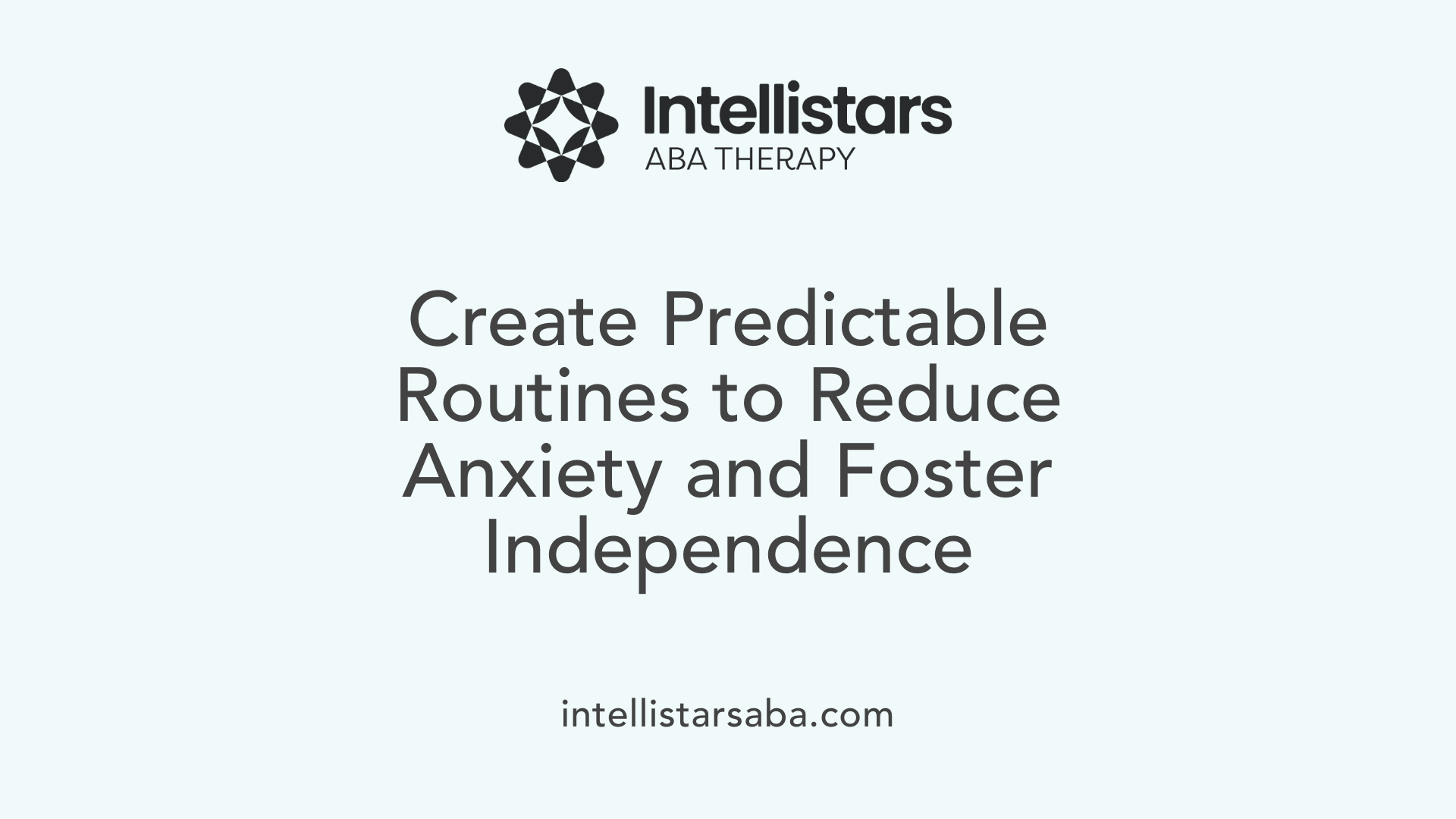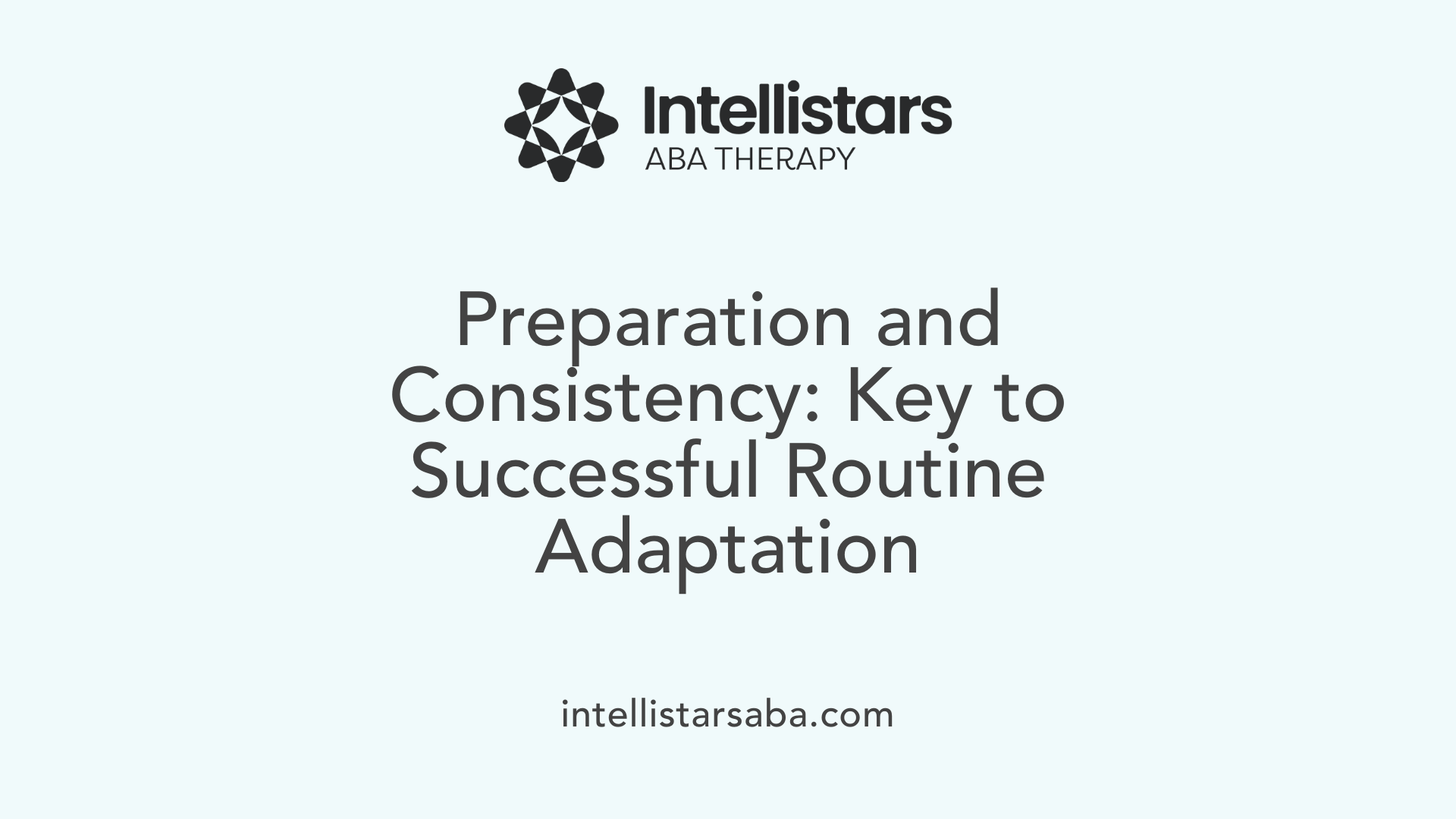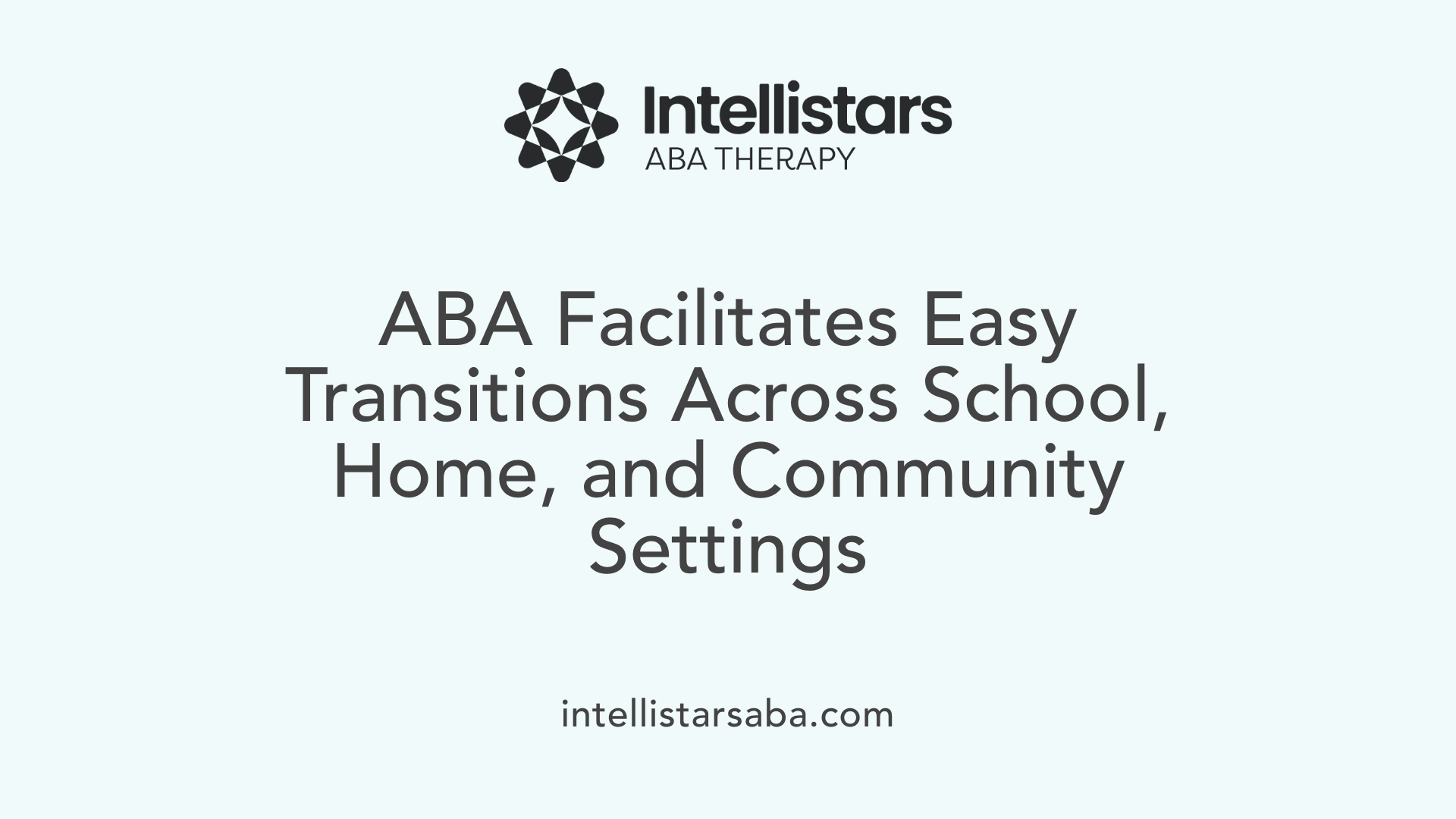Understanding the Role of ABA in Managing Everyday Changes
Transitions between activities can be particularly challenging for children with autism, often leading to stress, anxiety, and behavioral difficulties. Applied Behavior Analysis (ABA) offers a structured, evidence-based approach to support smooth and successful transitions in both educational and daily settings. By utilizing visual supports, routine planning, and positive reinforcement, ABA helps children develop independence and confidence, making routine changes less intimidating and more manageable.
Supporting Children Through Clear, Visual Structures
 Helping children with autism navigate transitions smoothly is essential for reducing stress and promoting positive behavior. Visual supports like schedules, timers, countdowns, and transition cards are powerful tools that create clarity and predictability during these periods.
Helping children with autism navigate transitions smoothly is essential for reducing stress and promoting positive behavior. Visual supports like schedules, timers, countdowns, and transition cards are powerful tools that create clarity and predictability during these periods.
Using visual cues often proves more effective than verbal instructions alone for children with ASD. Visual supports serve as concrete reminders that help children anticipate upcoming changes, understand what is expected, and feel more secure.
For example, visual timers and countdown charts clearly mark the time remaining before a transition occurs. Transition cards with pictures or icons illustrate the task or destination, making it easier for children to grasp what is next.
Creating predictable routines is equally important. Consistent schedules and familiar environments help children feel safe and reduce anxiety associated with unexpected changes. When routines are built around visual supports, children can better manage their expectations, which leads to smoother transitions.
In practice, these strategies include preparing children with advance notice, using visual schedules to outline daily activities, and employing timers to signal upcoming changes. Role-playing scenarios with visual cues help practicing successful transitions, reinforcing understanding and comfort.
Overall, the use of concrete visual supports, structured routines, and clear communication forms a foundation for helping children with autism transition effectively. These methods foster independence, decrease behavioral challenges, and support the child's emotional well-being during change.
Implementing Effective Transition Techniques in ABA Practice
What are effective ABA strategies for helping children with autism make smooth transitions?
In Applied Behavior Analysis (ABA), supporting children through transitions is essential for reducing stress and encouraging positive behaviors. Several strategies have proven effective in making these moments less challenging.
One of the most prominent methods involves the use of visual supports. Visual schedules, timers, countdowns, and transition cues help children understand what will happen next. For example, visual timers or countdowns prepare the child mentally for the upcoming change, decreasing surprises and confusion.
Implementing clear routines with tools like 'First/Then' boards or 'Finished' boxes can also promote independence. These boards visually outline the sequence of activities, clarifying expectations.
Preparing children in advance is another crucial step. Social stories, which explain transitions in simple language, combined with gradual exposure and countdowns, help lessen anxiety around change. These tools make children familiar with upcoming routines and settings.
Offering choices during transitions can foster feelings of control and motivation. Pairing transition activities with preferred reinforcers, such as favorite toys or praise, encourages cooperation and smooths the passage from one activity to another.
Reducing physical prompts and maintaining consistency within the environment are additional ways to make transitions more seamless. Consistent routines and familiar surroundings provide a sense of security, helping children adapt more easily.
Overall, combining these strategies — visual supports, preparatory communication, choice offering, reinforcement, and environmental consistency — creates a supportive framework that facilitates less stressful, more successful transitions for children with autism.
Supporting Routine Changes with ABA Principles

How can caregivers and professionals implement ABA principles during routine changes?
Implementing ABA (Applied Behavior Analysis) strategies during routine changes involves planning and using various supports to help autistic children adapt smoothly. Caregivers and professionals start by preparing the child well in advance. Visual tools like schedules with pictures or icons, social stories explaining what will happen, and timers or countdowns help create predictability. These supports give the child a clear understanding of upcoming changes, reducing confusion and stress.
Using visual supports and social stories makes routines more concrete. For example, a visual schedule tells the child what step comes next, while a social story explains the purpose of the transition in simple terms. This approach encourages a sense of security and routine.
Gradually introducing small changes, such as shifting the time of transition or adding new activities, helps develop flexibility. An effective method includes using countdown timers paired with visual cues, which prepare the child mentally for the upcoming change.
Positive reinforcement is vital. Giving praise, tokens, or access to preferred items before, during, and after the transition can motivate the child and increase successful cooperation. This reinforcement builds confidence and helps establish positive behavior patterns.
Teaching calming techniques, like deep breathing exercises, or providing quiet spaces can also support self-regulation during transitions. When children learn to recognize their feelings and manage stress, transitions become less overwhelming.
Collaboration with ABA professionals like BCBAs (Board Certified Behavior Analysts) ensures that strategies are tailored to each child's needs. Consistent routines and supports across settings reinforce learning, helping the child adapt more easily to routine changes.
In summary, combining visual supports, gradual change, reinforcement, and coping skills training aligns with ABA principles, resulting in smoother routines and reduced anxiety for children with autism.
Practical Tips for Managing Routine Changes Effectively
When supporting autistic students through routine changes, applying practical, ABA-inspired strategies can significantly ease transitions.
Preparation is essential. Visual supports such as schedules, social stories, and picture cards help children anticipate upcoming activities and understand what to expect. For example, a visual schedule with icons for each part of the day can reduce uncertainty and anxiety.
Flexibility within routines also encourages adaptability. While routines provide structure, allowing some variation fosters resilience and helps children handle unexpected changes more comfortably.
Reinforcing positive behaviors during transitions boosts motivation. Offering choices—like selecting a preferred activity or a specific toy—empowers children and promotes independence. Additionally, providing extra time for adjustments allows children to process changes at their own pace.
Creating calming environments is crucial. Using sensory-friendly spaces with familiar objects, soothing sounds, and calming visuals can help diminish stress. Teaching self-regulation strategies, such as deep breathing or emotion identification, equips children to manage their feelings during disruptions.
Training caregivers and educators in ABA techniques ensures consistent support. Tools like countdown timers, visual cues, and clear prompts facilitate smoother transitions. Collaborating with therapists to develop personalized transition plans further enhances effectiveness.
Implementing these strategies with patience and consistency can make routine changes less stressful, promoting confidence and success for autistic students.
Benefits of ABA in Facilitating Transitions in Diverse Settings

What are the benefits of using ABA therapy to facilitate transitions in educational and daily settings?
Applied Behavior Analysis (ABA) offers a range of effective strategies to help children with autism navigate transitions smoothly in both educational environments and everyday life. One key approach is establishing predictable routines supported by visual tools like schedules, timers, and countdowns. These aids help reduce uncertainty, build confidence, and lower anxiety during transitions.
Breaking down complex changes into manageable steps is another core element of ABA intervention. This method allows children to gradually learn and master each stage of a transition, fostering independence and reducing stress. Reinforcement techniques, such as positive praise, tokens, or preferred items, motivate children to complete transitions successfully, creating a positive association with the change.
Visual supports like social stories, checklists, and visual cues clarify what is expected and prepare children for upcoming activities. Transition warnings, including visual timers and countdowns, are personalized to suit each child's needs, helping them mentally prepare and decreasing resistance.
Consistent application of ABA strategies over time ensures that skills are not only learned but also retained and generalized across various settings. This means children can successfully manage transitions at school, home, or in community outings.
Overall, ABA tailored to the child's individual needs enhances flexibility, promotes independence, and improves social participation. By fostering familiarity and confidence, ABA strategies support children in handling transitions more comfortably, reducing behavioral challenges, and encouraging adaptive skills that last across different environments.
Empowering Children to Navigate Change
Implementing ABA strategies for transitions fosters a supportive environment where children with autism can develop coping skills, independence, and confidence. Consistent use of visual supports, positive reinforcement, and collaborative planning not only smooths routine changes but also promotes ongoing skill development. When caregivers, educators, and therapists work together, children become better equipped to navigate daily activities and unexpected changes, ultimately enhancing their participation and quality of life.
References
- Transition strategies for autistic students - LeafWing Center
- Helping Kids Transition Successfully in ABA Therapy | Childwise
- Using ABA Strategies to Support Your Child During Transitions
- Helping Your Child Transition Between Activities - ABA Journey
- Autism Transition Strategies: Helping Children Adapt with Ease
- Helping Your Child With Autism Cope With Changes in Routine
- Using ABA Strategies to Support Your Child During Transitions
- Transitioning to a New Routine, the ABA Way | Behavior Options






